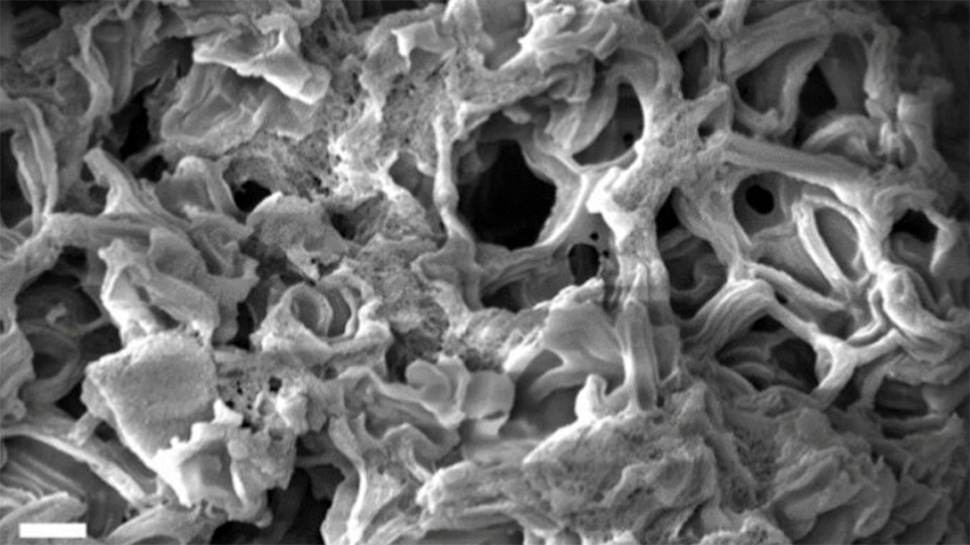- Researchers create carbon with incredible surface area
- This allows the material to capture more substances, including various chemicals
- Hypergolic materials are widely used in jet propulsion
Cornell University researchers have developed a nanoporous carbon material with the highest surface area reported to date.
The breakthrough, which exploits a chemical reaction similar to the ignition of rocket fuel, could be used to improve carbon dioxide capture and energy storage technology, potentially driving the development of next-generation batteries.
Increasing the porosity of carbon is key to improving its performance in applications such as pollutant adsorption (contaminants sticking to the surface of materials) and energy storage. The new material has a surface area of 4,800 square meters per gram, equivalent to the size of an American football field or 11 basketball courts, condensed into a teaspoon.
A bright future for batteries
“It’s important to have more surface per unit mass, but you can get to the point where there’s no material left. It’s just air,” said senior author Emmanuel Giannelis of the Department of Materials Science and Engineering in Cornell University’s College of Engineering. “So the challenge is how much porosity you can introduce while still retaining structure, and enough yield to do something practical with it.”
Giannelis collaborated with postdoctoral researcher Nikolaos Champes, who synthesized the carbon using a hypergolic reaction, a high-energy chemical reaction commonly used in rocket propulsion.
Champes explains that by fine-tuning the process, they were able to achieve ultra-high porosity. Previously, such reactions were only used in aerospace applications, but their fast and intense nature has proven ideal for creating new nanostructures.
The process is detailed in ACS Nanostarting with sucrose and template materials to guide the formation of carbon structures. When combined with specific chemicals, the autoignition reaction creates carbon tubes containing highly reactive five-membered molecular rings. Subsequent treatment with potassium hydroxide removes less stable structures, leaving behind a microporous network.
of researchers say The material absorbs carbon dioxide nearly twice as efficiently as traditional activated carbon, reaching 99% of its total capacity in two minutes. It also demonstrates a volumetric energy density of 60 watt hours per liter, four times that of commercial alternatives. This makes it particularly promising for batteries and small power cells, where efficient energy storage in compact spaces is crucial, and opens avenues for designing electrocatalysts and nanoparticle alloys.

